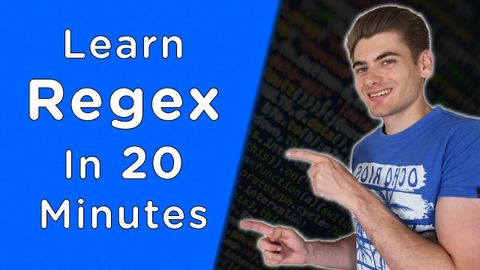20分で正規表現を学ぶ (Learn Regular Expressions In 20 Minutes)
林宜悉 が 2021 年 01 月 14 日 に投稿  この条件に一致する単語はありません
この条件に一致する単語はありませんUS /ɛnˈtaɪr/
・
UK /ɪn'taɪə(r)/
US /ɪˈsenʃəli/
・
UK /ɪˈsenʃəli/
US /ˈmʌltəpəl/
・
UK /ˈmʌltɪpl/
- adj.複数の;多様な;多発性の;多重の
- n. (c.)倍数;多数;倍率
- pron.多数
US /ɪkˈsprɛʃən/
・
UK /ɪk'spreʃn/
- n. (c./u.)表現;語句;表情;式;表現;表現
エネルギーを使用
すべての単語を解除
発音・解説・フィルター機能を解除

